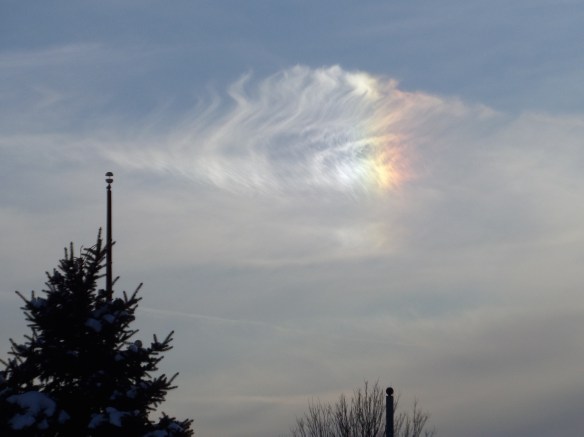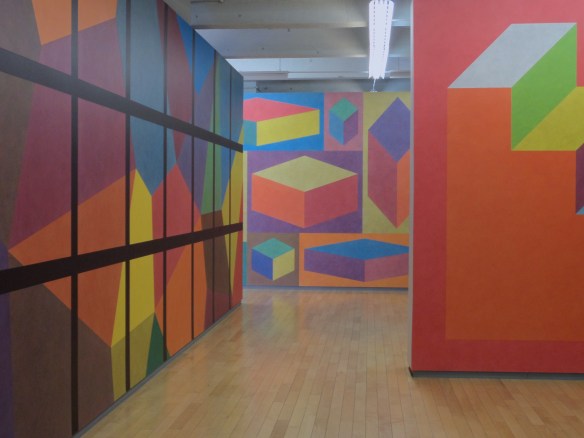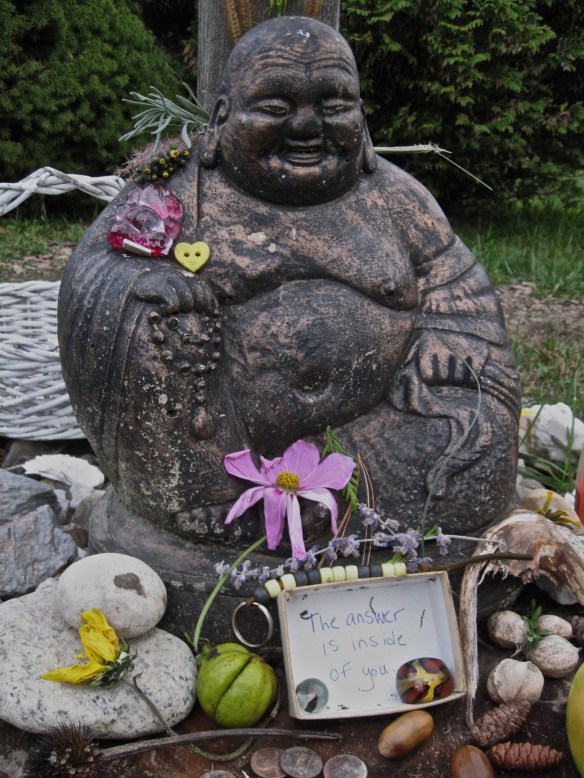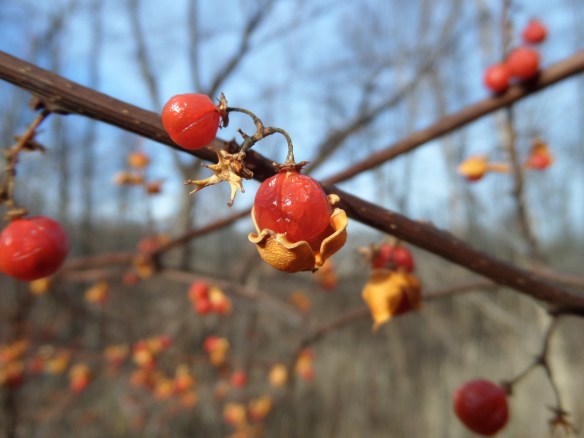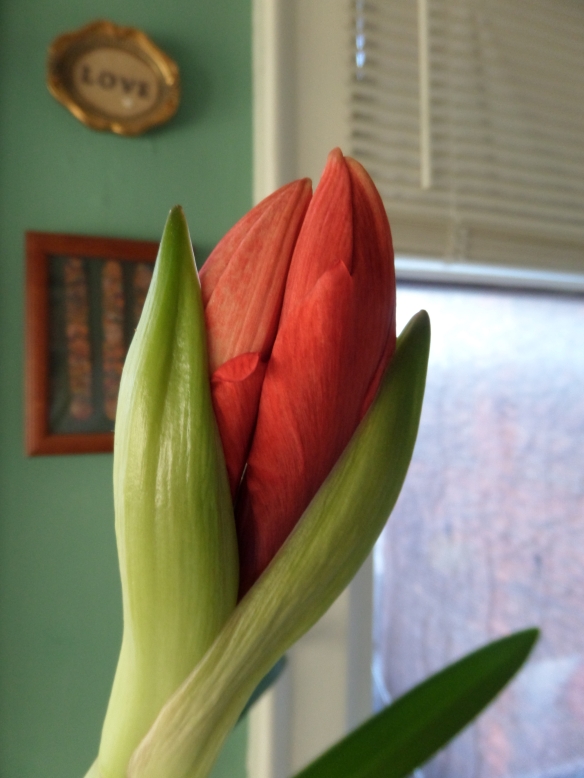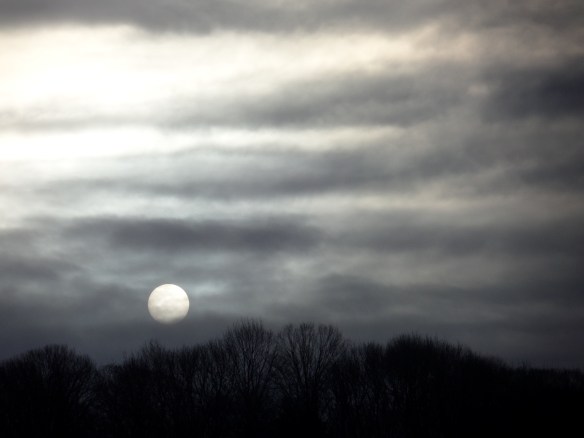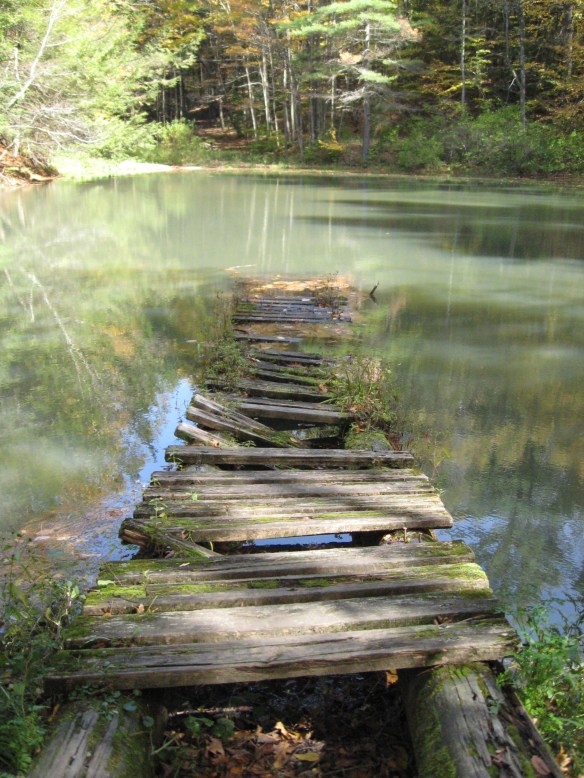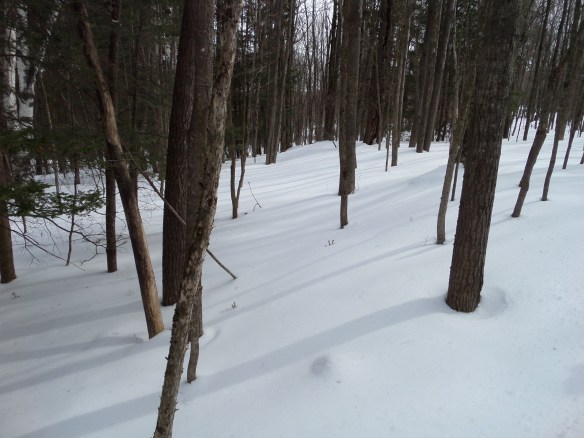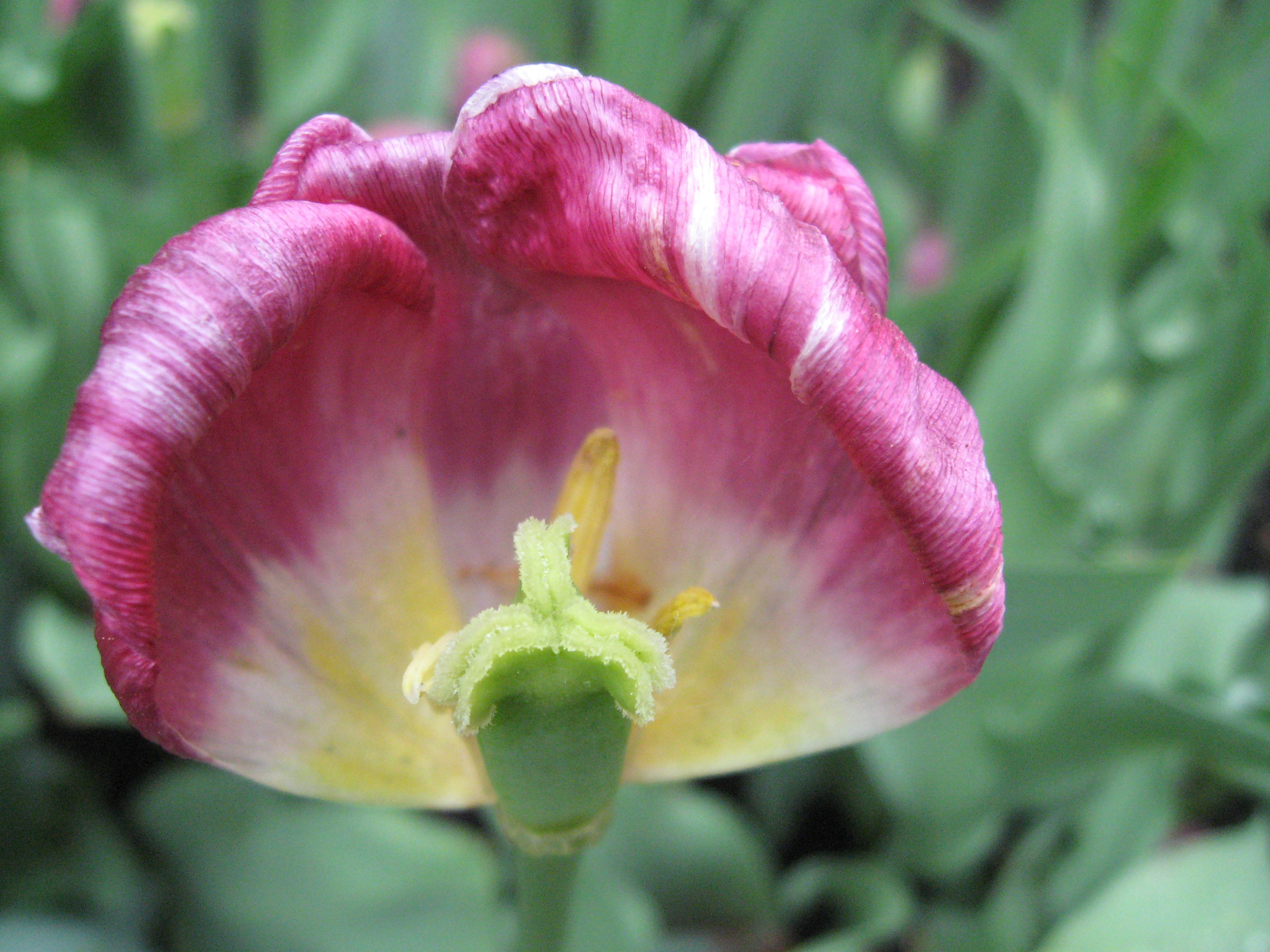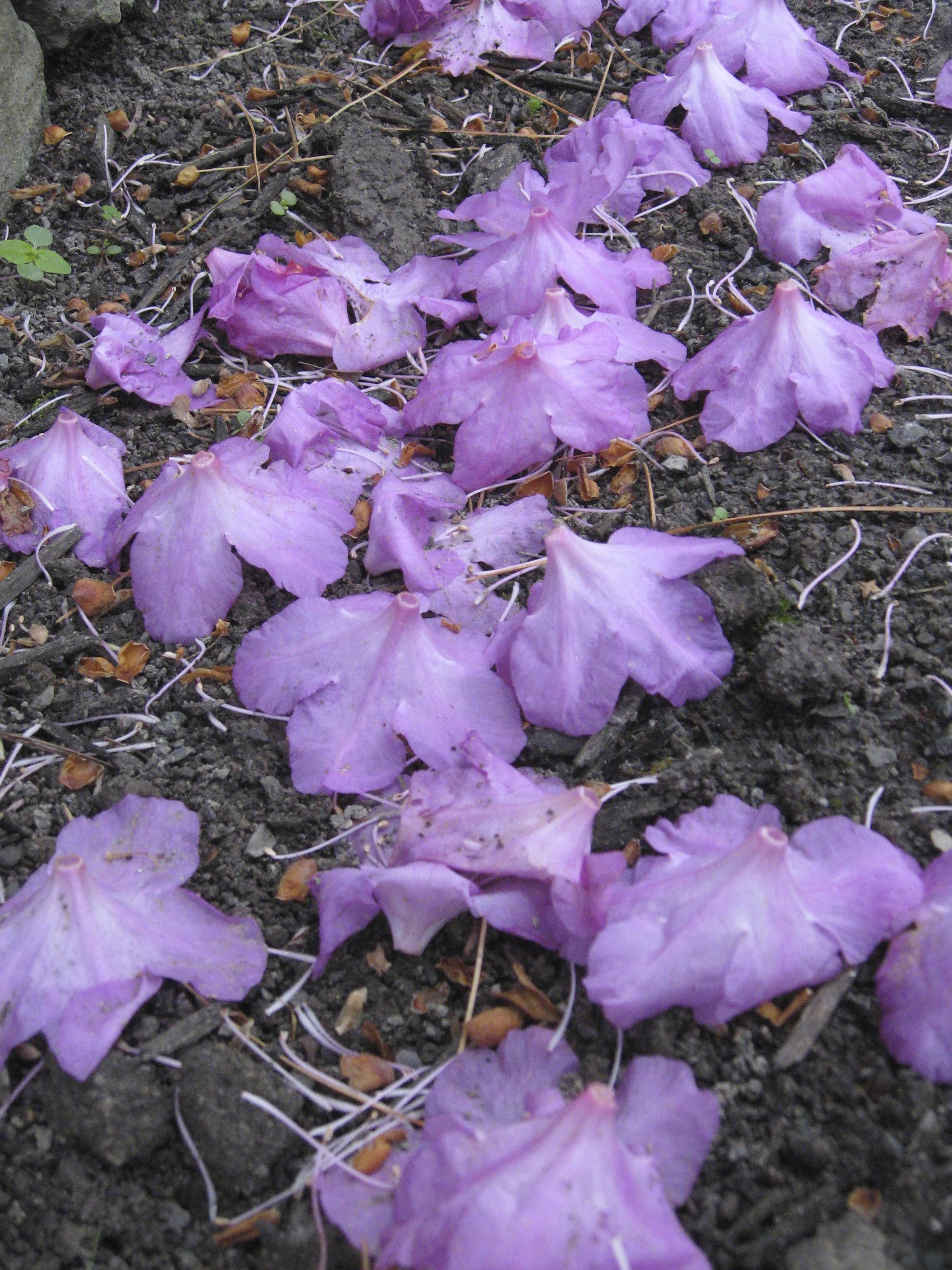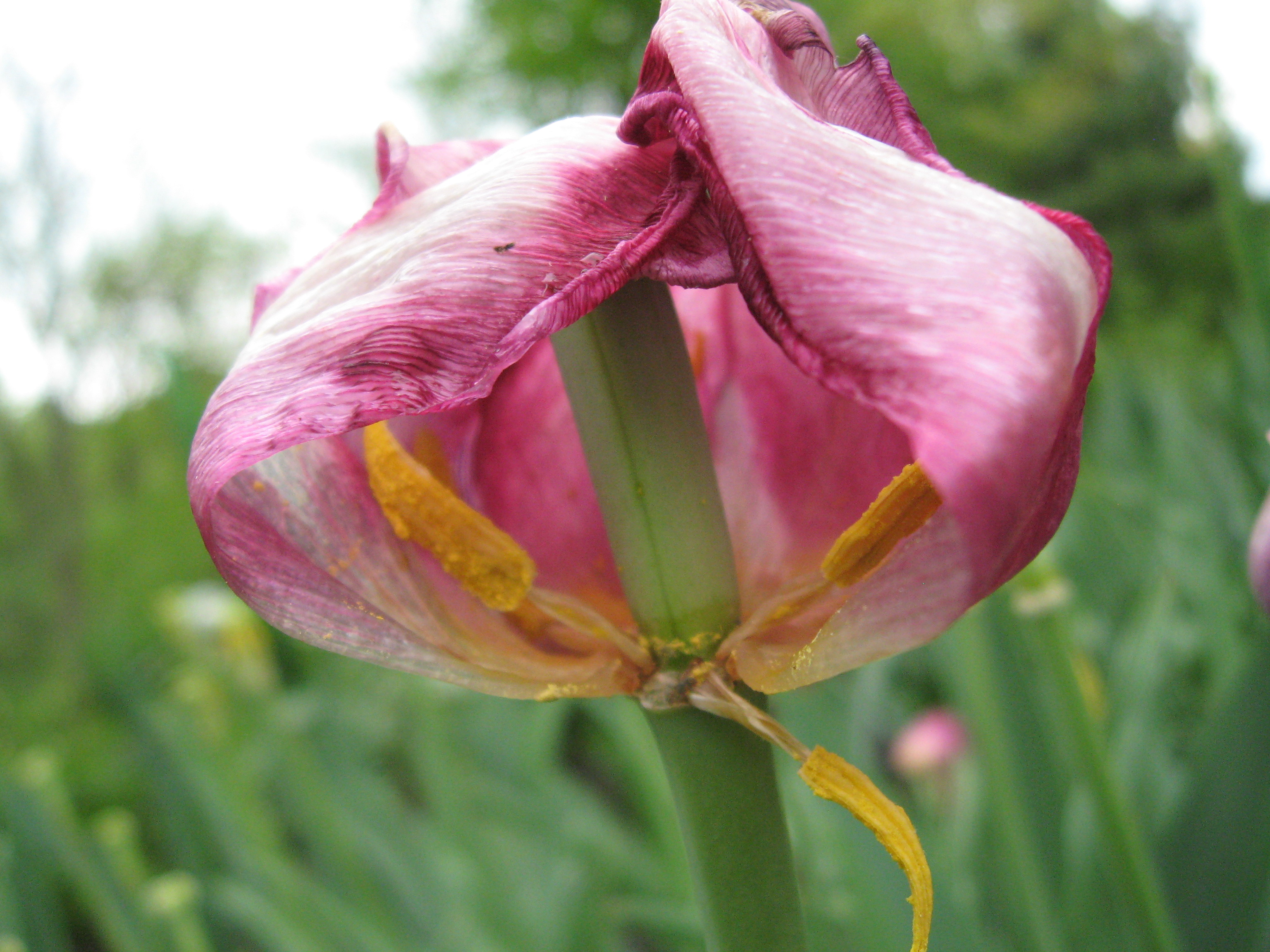
A different sulphur, this one either a Pink Edged or Clouded Sulphur, observed on the slopes of Gore Mountain NY Ski Area, in the fall.
February 13, 2015 morning. Yesterday, after I looked up all the photographs of butterflies I’d taken in the last couple years–I had no idea I had so many!– I took more pictures of the Dainty Sulphur at the window, from different angles, and in the afternoon she moved down next to the air conditioner. By evening she was hanging at the floor trim. This morning—gone! can’t see the butterfly high or low. She might have been eaten by a spider.
There’s part of the situation where I don’t have responsibility—how far do you really chase a butterfly? It follows its instinct.
Even though one of my own instincts is a tendency to care-take (“Hey, I’ve got food here, places you can rest, even!”), I have to let the butterfly go where she will. In the same way I learned to let my teenaged children venture out into the world, and then release them completely (well, almost). I needed to let them go, for my own sake and theirs.
This butterfly, like my own children, like humans, has its schedule of daily life, and of life and death.

Dainty Sulphur sips from the edge of a spoon. She really is dainty, isn’t she?
February 13, later in the day. The butterfly fluttered in the kitchen; it had been over by the stove. I made more honey water but I don’t think it’s interested or has to find it on its own. I’d almost been relieved it had been “lost,” that I had no longer felt the pull of keeping track of it.
February 14, 2015. The butterfly is living its life cycle. I don’t have to save it like some protective “master” who has more power and more intelligence. How about we live our life cycles next to each other, not intending harm, but not fretting unnecessarily about it, like I do about most animals, and most people? To do the kind thing when I can, but not to wear myself away figuring out how to save or fix the situation? What is there to fix, anyway?
Before, I said that here in my apartment and in winter, “it won’t survive.” What does that mean? Of course it will survive—it is a alive, it continues to be alive. But life is not just survival, it is living in and through the moments. We are all NOT going to survive in the end. We all die.
How long would it live in a normal life cycle? Two weeks to a month, the internet tells me.

Another butterfly, this one from summer at Partridge Run: Tiger Swallowtail.
The definition of survive: “continue to live or exist, especially in spite of danger or hardship.” Isn’t living always a bit of an ordeal, under difficult circumstances? Is this life here in my apartment a hardship for her? Maybe, but danger is everywhere for butterflies: frogs, birds, getting trapped, getting smushed, parasites. Survival means getting through some situation—but both of us are not only getting through, but living in, our respective life situations.
I see me looking out the kitchen window, as the butterfly hangs on the glass today looking out as well into deep deep winter. Both drawn to what we are drawn to. I am not doing harm to it, not wanting it out of my life so I don’t have an obligation to it. Yes, I talk to the butterfly, Oh you don’t have to run so madly against the glass! but that is a message for me as well. I don’t have to fight against difficult circumstances, either.
If the tiny butterfly were sentient in the human way, perhaps she would wish things weren’t such a struggle for me, and even wish it could do something for me. As she hangs, rests, it reminds me of my meditation, in which I don’t have to get someplace, I can merely BE. On my yoga mat, feeling what I feel, thoughts wild or calm doesn’t matter, I note them and let them pass; I breathe. Perhaps she is just BE-ing, respiring.

A fritillary of some sort, also at Gore Mountain in the fall.
We humans like to read meaning into things. For example, I was reading the All Over Albany blog, came across a link to a local writer, Amy Biancolli, and her blog, Figuring Shit Out, went to the blog, read some of it, ordered two of her memoirs from the library and then on a drive across town, happened to hear the beginning of her storytelling on The Moth Radio Hour. Ok, so I am meant to connect somehow with her or her writing. Or maybe she’s just out there, and I’m out there, and we intersect, like this butterfly who just happened to show up in my apartment, and I am learning things from the experience.
I fell in the love with the prologue to Amy’s first memoir, House of Holy Fools, where she writes about Death in her family as “an unwanted guest, oily and shrewd, with a stalker’s bad personal hygiene and pants that gave him a wedgie…”
I am thinking about the feeling of being stalked by death, what survival means, the role of death in our modern lives versus other eras (the 1918 flu epidemic, tuberculosis, recurrences of the plague through history). How unnatural death can seem, and yet it comes to everyone.
So here’s this butterfly to remind me: stop trying so hard; stop banging around. Just BE. It is valuable to JUST BE.

Back at the Chicago Botanic Garden, swans–symbols of fluidity, intuition, and dreaming–with cygnets, be-ing.



